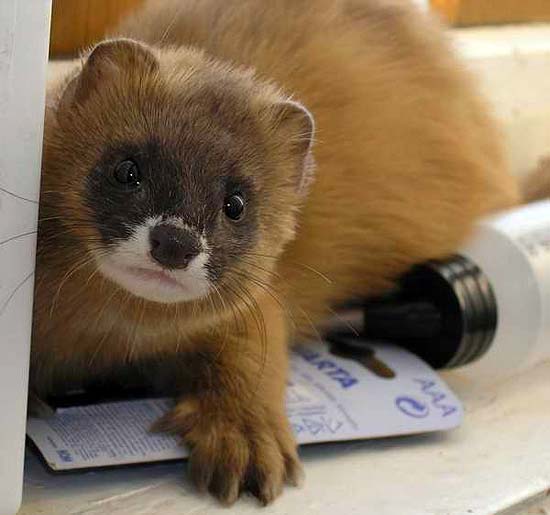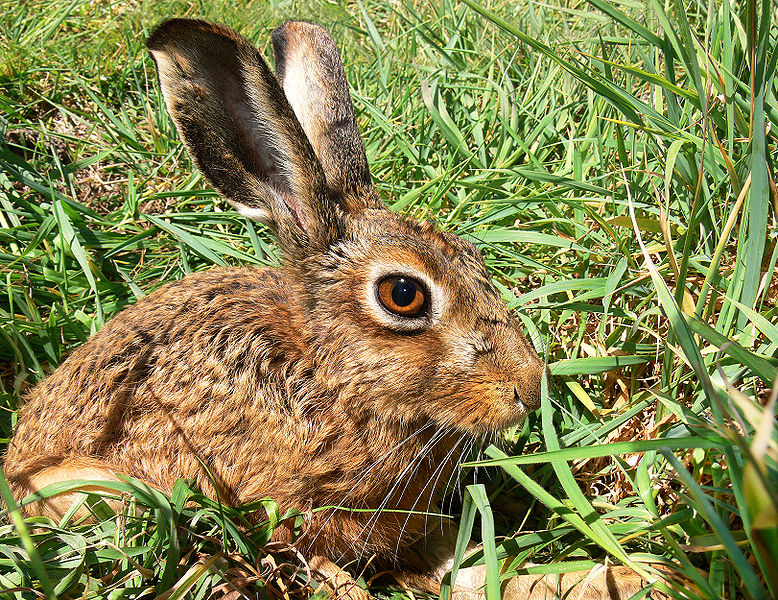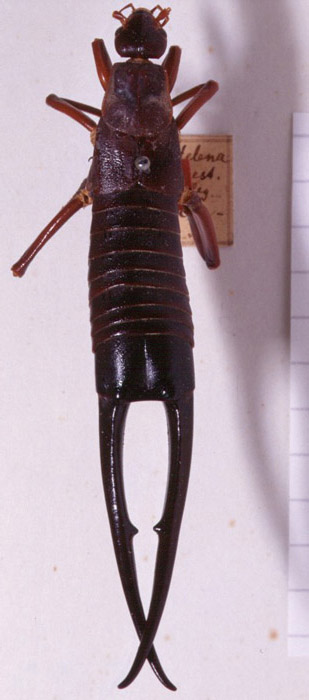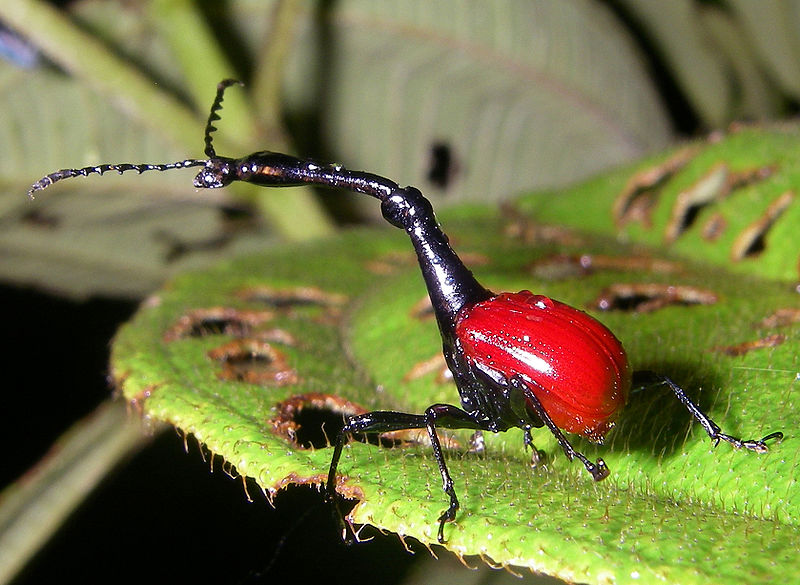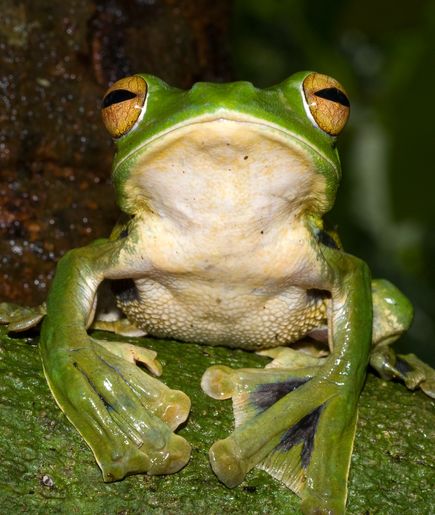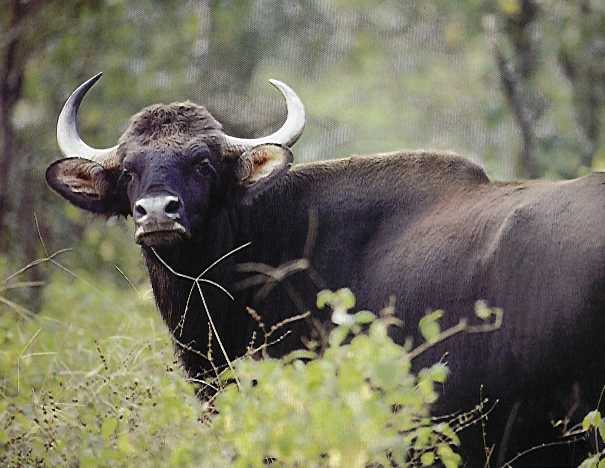
Welcome back to another fun and exciting Wild Fact. So far this week we have looked at a Tarantula, a Kit Fox and the amazing Giraffe Weevil. Today we are taking a trip to southeast Asia where we will learn about about the Gaur, also known as the Indian Bison. This large bovine is considered to be vulnerable to extinction as their home range has decreased 70% in size over the last 3 generations. Luckily this large animal has a few protected areas they can rely on , so with any luck their population will begin to increase over the next few generations.
Larger Than The Rest
The Gaur is the largest species of wild cattle with the males weighing up to an astonishing 1500 kg (3300 lbs). This makes them larger than the African Buffalo and even the Wild Water Buffalo. I wonder if the Gaur gets a trophy or at least a sticker for being deemed as the largest wild cattle. So what does an animal need to eat to get this big? Well, they are known to graze on a wide variety of plants and prefer feasting on the upper portions such as the leaves, stems, seeds and flowers. I don’t blame them since this probably tastes a lot better than the roots. Perhaps the Gaur is so big since their diet is more diverse than any other ungulate species in India. Apparently, the Indian Bison will eat just about any type of vegetation it get get its teeth on. I guess you have to when you weigh 3300 pounds.
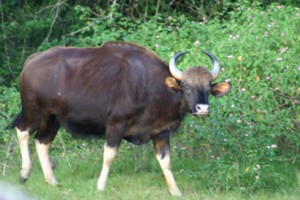
Changing Behaviour
Naturally the Gaur is a diurnal animal coming out to feed during the daylight hours; however, in areas where there is a human presence, this Bison species will retreat into hiding during daylight hours. In these locations, the Gaur switches its behaviour to become nocturnal so it doesn’t have to deal with being harassed by humans all day long. It makes sense that they want to stay out of sight since poaching is one of the major conservation concerns for this large cattle species. Hopefully, the poachers will continue to go hunting during the day, but something tells me they have adapted as well.
That does it for today’s animal fact. I hope you enjoyed learning about the largest species of wild cattle. See you tomorrow for the last fact of the week.

